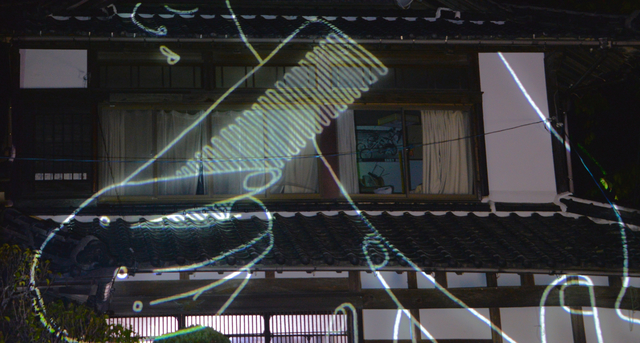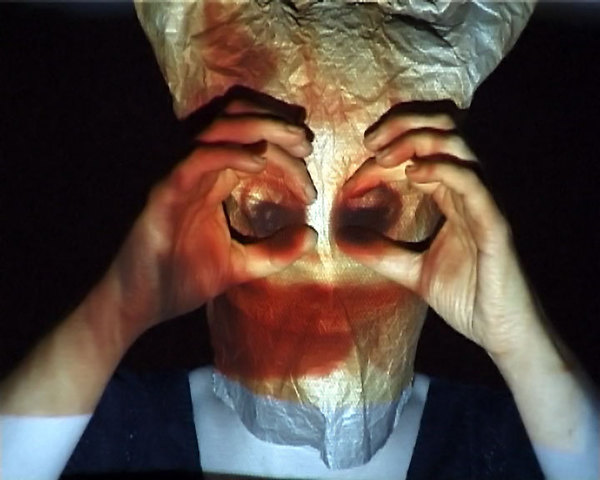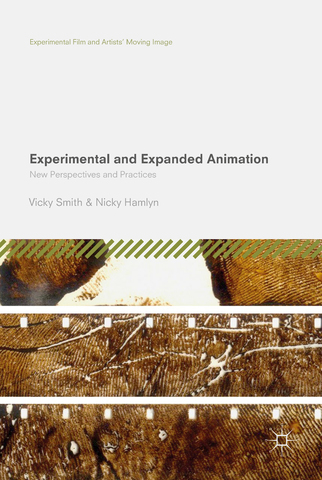Siting animation: the affect of place
Hosea, Birgitta (2018) Siting animation: the affect of place. In: Experimental and expanded animation: new perspectives and practices. Experimental Film and Artists' Moving Image . Palgrave Macmillan, Basingstoke, pp. 257-278. ISBN 9783319738727
4794:106361
Figure 1: Bond 2016. CCBA. Portland, Oregon: Chinese Consolidated Benevolent Association. Private collection: Rose Bond.
Download (117kB) Preview4794:106362
Figure 2: Yuwen 2015. Mountain Daily. Japan: Itoshima village. Private collection: Xue Yuwen.
Download (4MB) Preview4794:106363
Figure 3: Hosea 2008, Out There in the Dark. London: Lethaby Gallery. Private collection: Birgitta Hosea.
Download (63kB) Preview4794:108648
Actions (login required)
 |
Edit View |
University Staff: Request a correction | UCA Research Online Editors: Update this record



